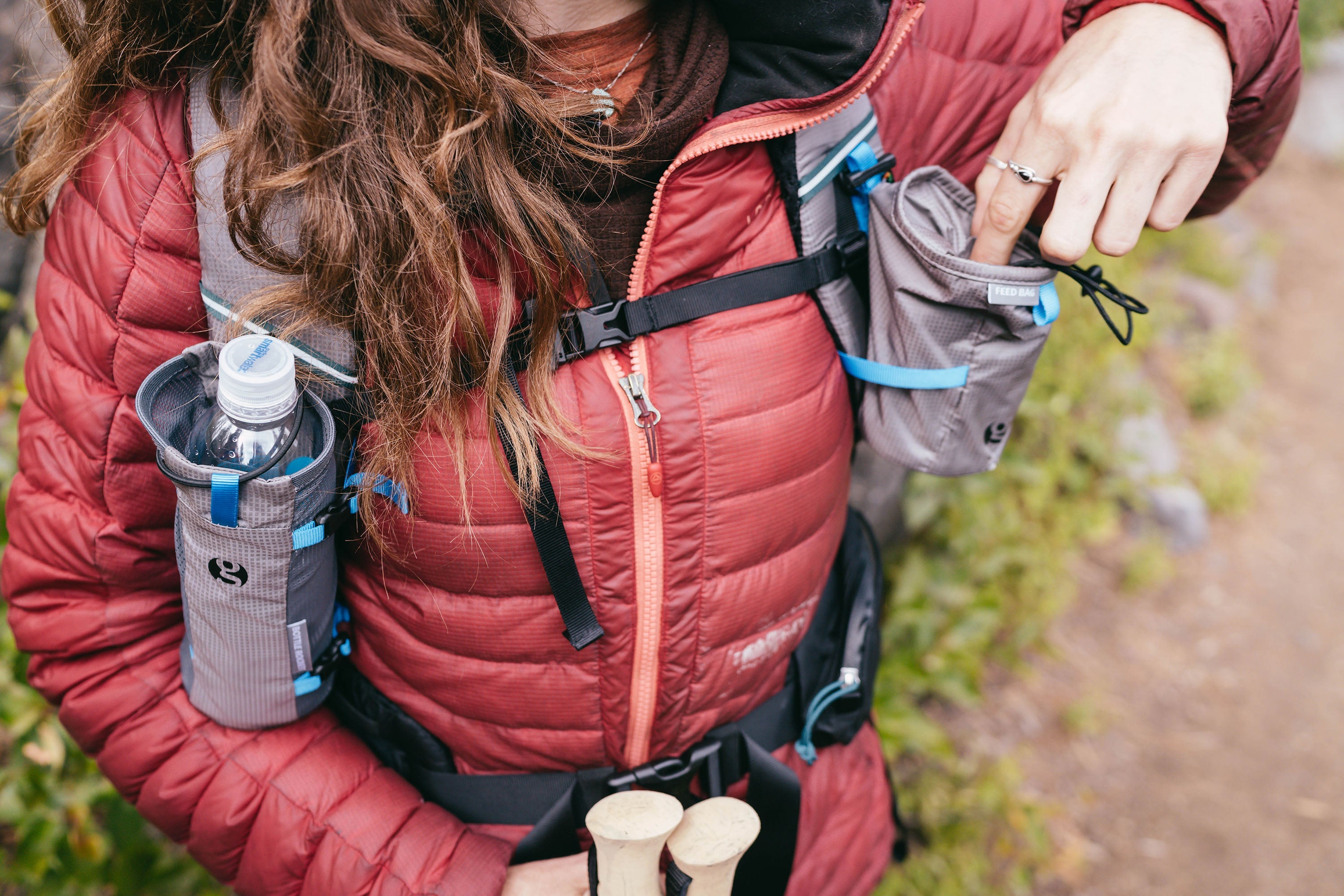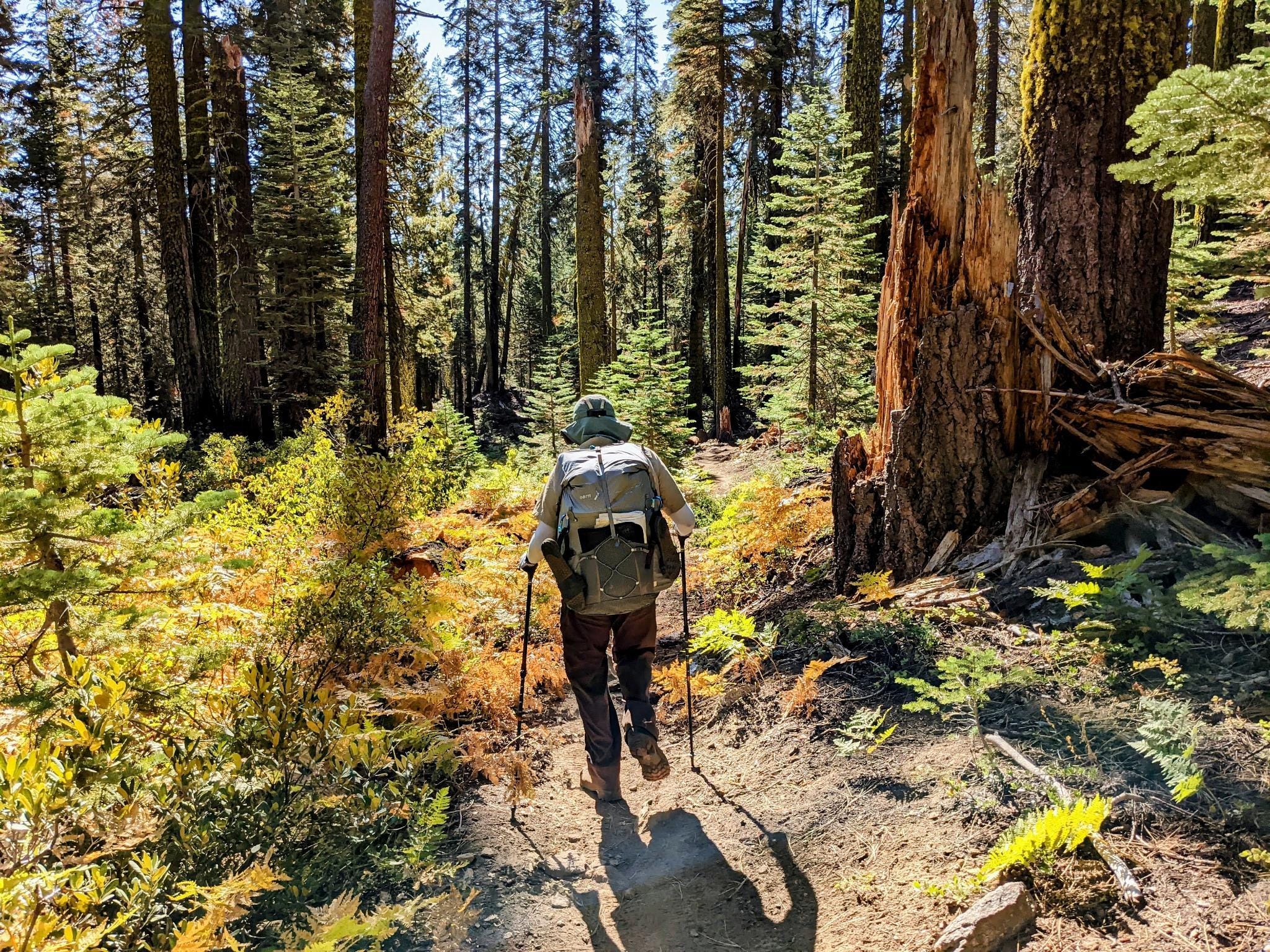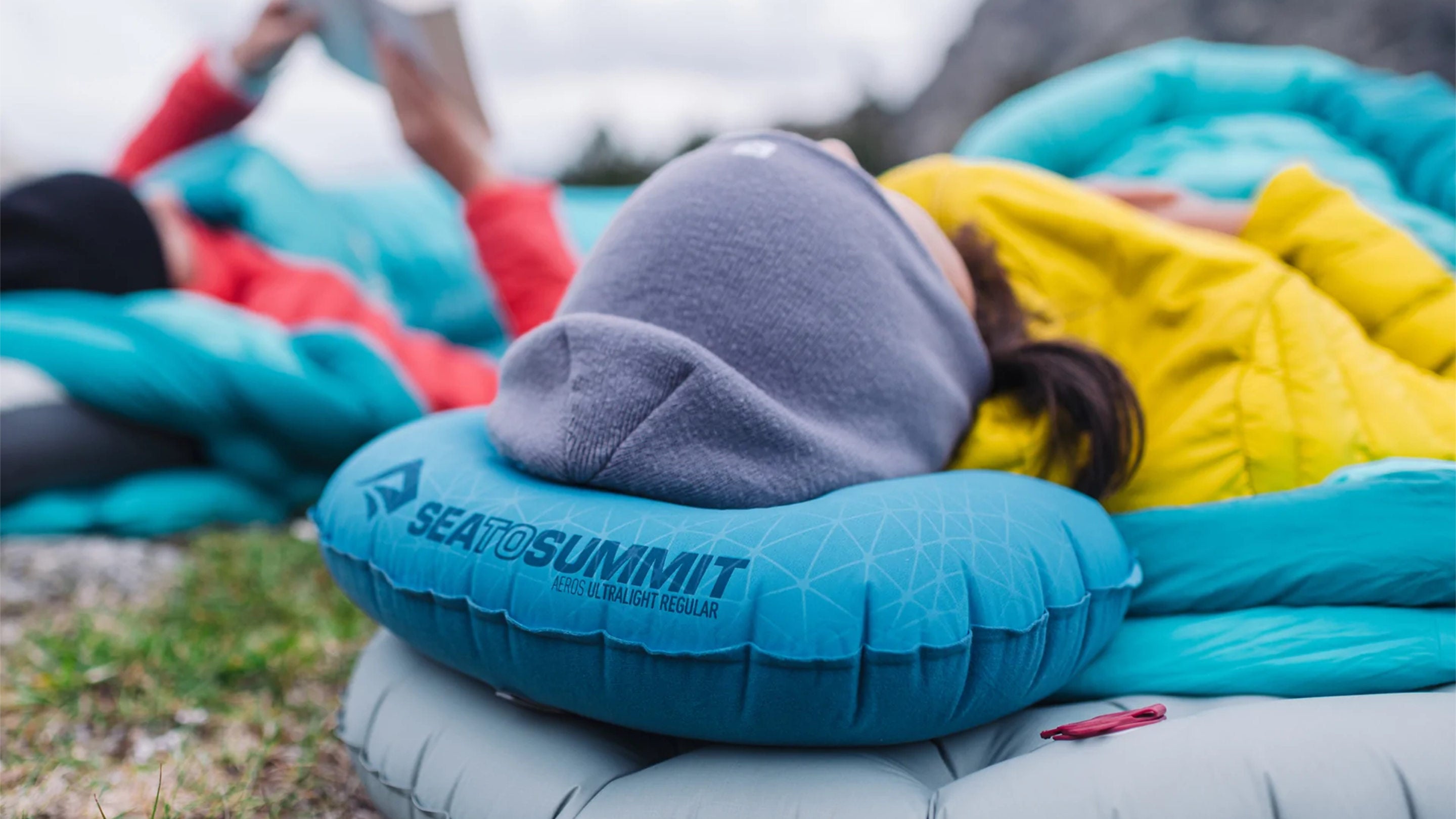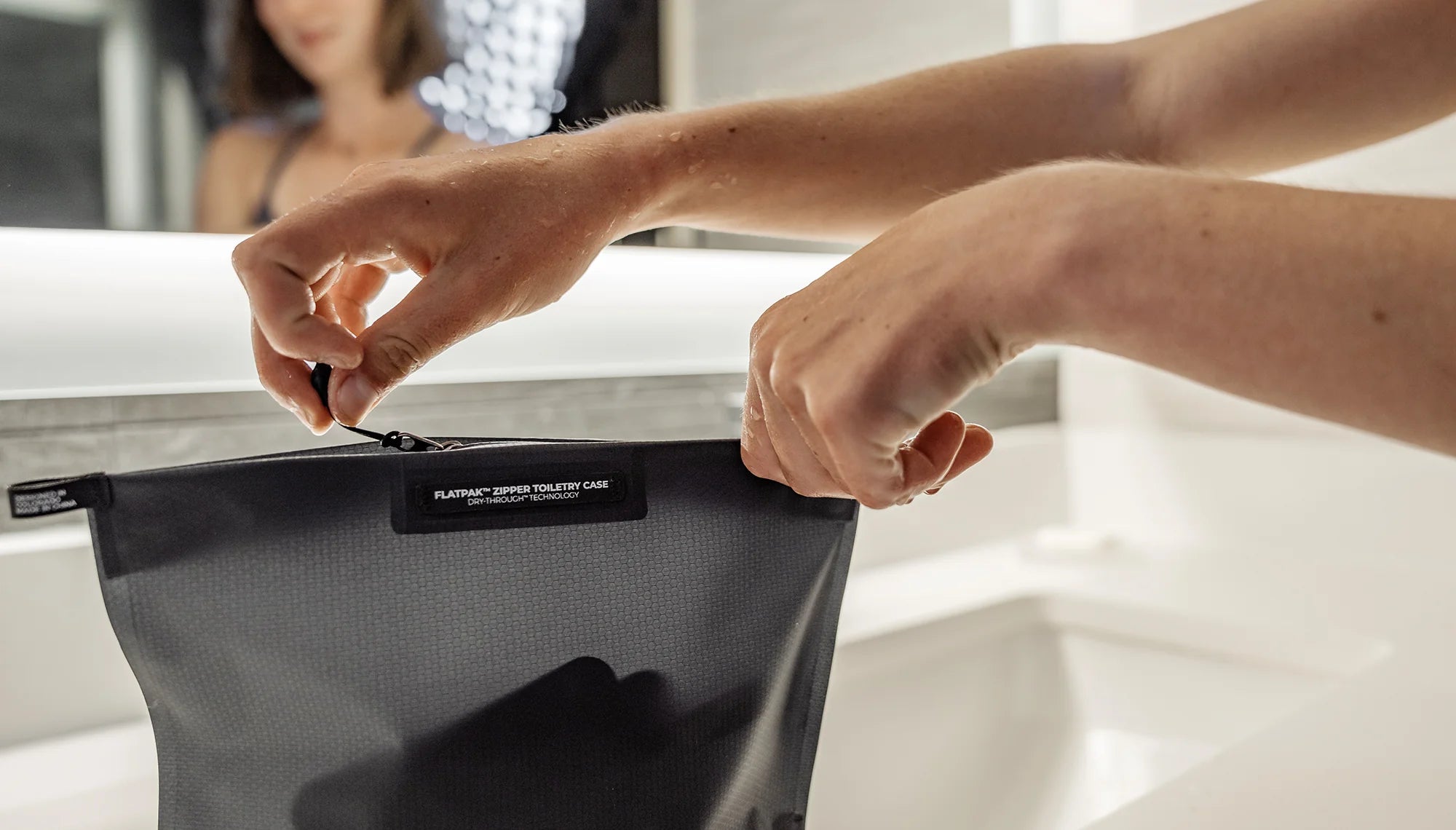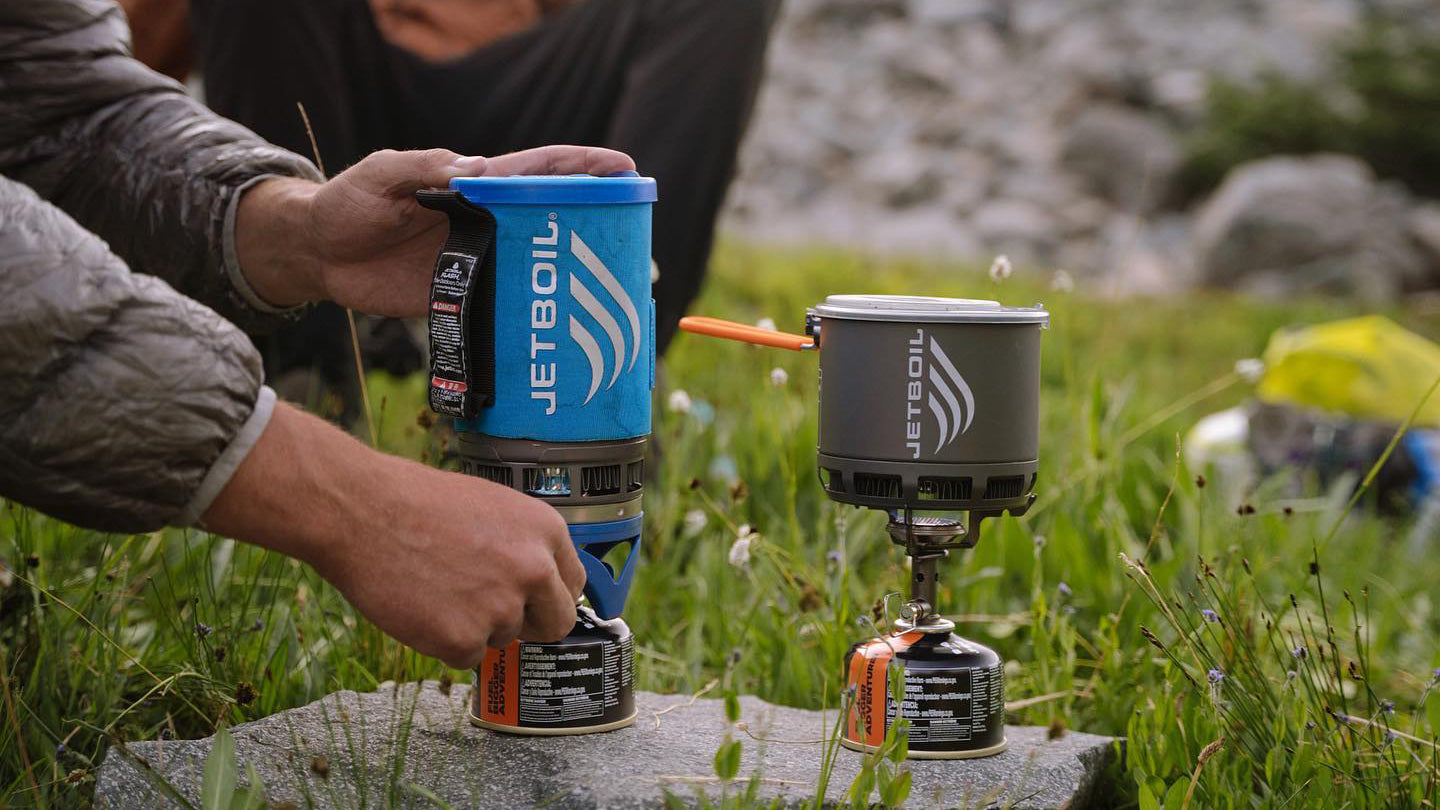Choosing a stove
Not all camping stoves are made the same, and choosing the right stove for you can sometimes be overwhelming. Backpacking Light offers a wide range of stoves suitable for hiking and travelling, but which one is right for you?
Types of Hiking Stoves
We sell three main types of camp stoves: liquid fuel (Shellite) stoves; gas (isobutane/propane) fuel stoves like the Jet Boil, MSR Pocket Rocket, and Primus; and, alcohol stoves. Each of these stoves has distinctive characteristics which make them suitable for different situations.
Petroleum fuel stoves can burn almost any petroleum-based fuel such as petrol, diesel, white spirits, kerosene and Shellite. This makes sourcing fuel internationally simple and easy. These stoves use pumps to create pressure which makes them perform incredibly well in sub-freezing temperatures and high altitude allowing you to cook hot and fast or melt snow for drinking within minutes. These stoves are also great for cooking larger meals because of their high heat. However, these stoves are quite loud, require some maintenance, and the fuel is bulky. They are also relatively difficult to operate, as they require priming and pumping before they can be started.
Gas stoves are compact, light and clean burning. These stoves offer the most similar experience to cooking on a gas stove at home and are just as simple to light. Fuel for these stoves is a little more expensive, but quite compact. Fuel is usually available internationally but is not readily available in some locations. Gas stoves are not suitable for sub-freezing temperatures and high altitude, though they are usually fine for all Australian Conditions.
Alcohol stoves are super lightweight, so have been a traditional favourite of long-distance hikers. However, they tend to have a slower cooking time, and the fuel, i.e. methylated spirits, burns quickly. Alcohol stoves can also be susceptible to temperature extremes and inferior performance in windy conditions.
The most popular type of gas stove for lightweight hiking is the Jetboil stoves. Jetboil stoves come with a pot that locks on to the burner, making them very stable. The pots also use a “Flux Ring” which means very little heat is lost, making Jetboil’s the most efficient gas stoves on the market.

Choosing the Right Stove
When purchasing a stove, you need to consider the duration of your trip, the destination, the climate, your budget and frequency of use. This information will help you make an educated decision on the right stove for you.
Alpine/Sub-freezing
In this climate, your best choice is a petroleum fuel stove such as an Soto Muka or Optimus Nova. These work great in sub-freezing temperatures as well as alpine regions and burn hot and fast. Gas stoves are suitable for cold, low altitude regions but do not perform well in sub-freezing climates. Alcohol stoves are not suitable for sub-freezing climates because they burn too cold.Weight
If you require a light and compact stove for hiking a gas stove would be the most suitable. Gas stoves, such as JetBoil or Soto Windmaster, are the most compact and lightest hiking stoves. Although the stoves themselves are compact carrying enough fuel for a lengthy trip or long cooking periods could be bulky. Petroleum fuel stoves are more efficient which could decrease overall weight on long trips.International Travel
If you intend on travelling internationally and to remote places you need to be able to find fuel for you stove easily. Petroleum fuels stoves like the Soto Muka are the easiest to find fuel for, followed by alcohol fuel stoves. Gas stoves can be difficult to find fuel for in some locations.





















